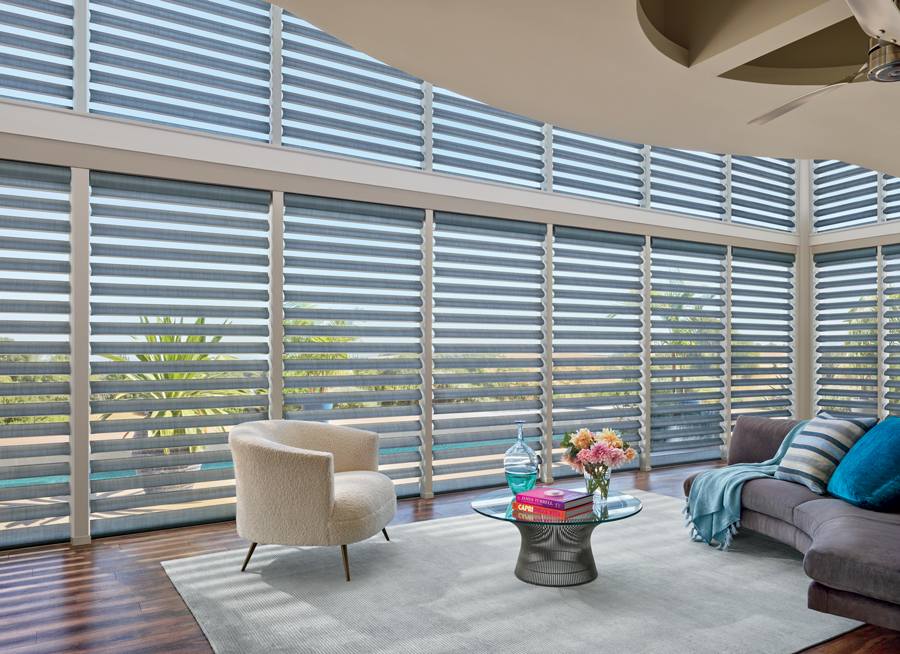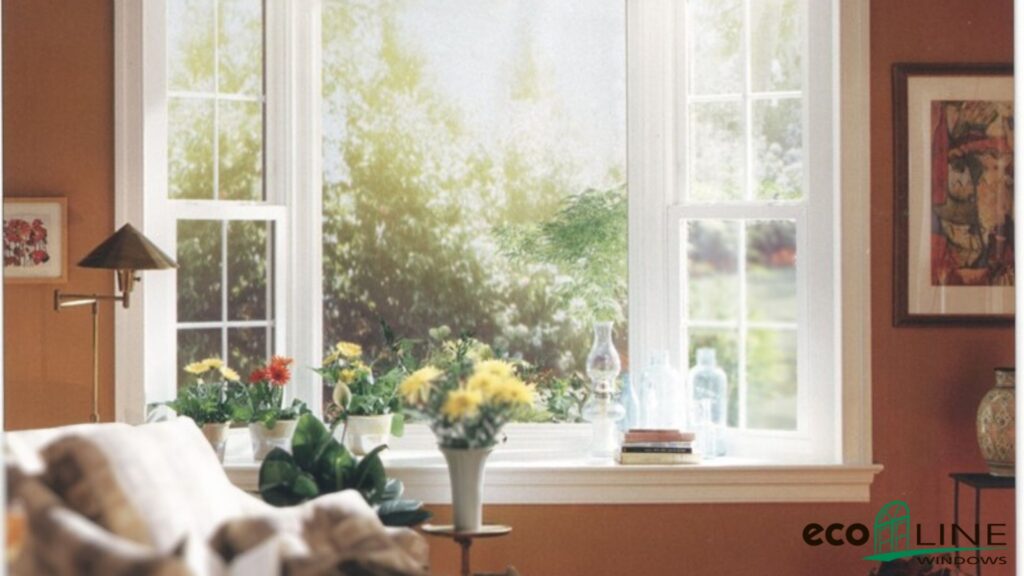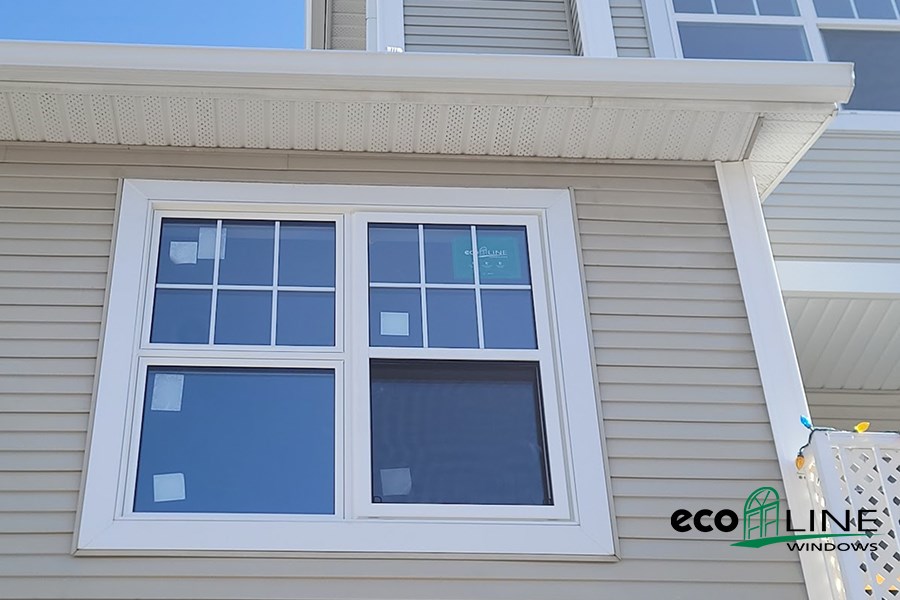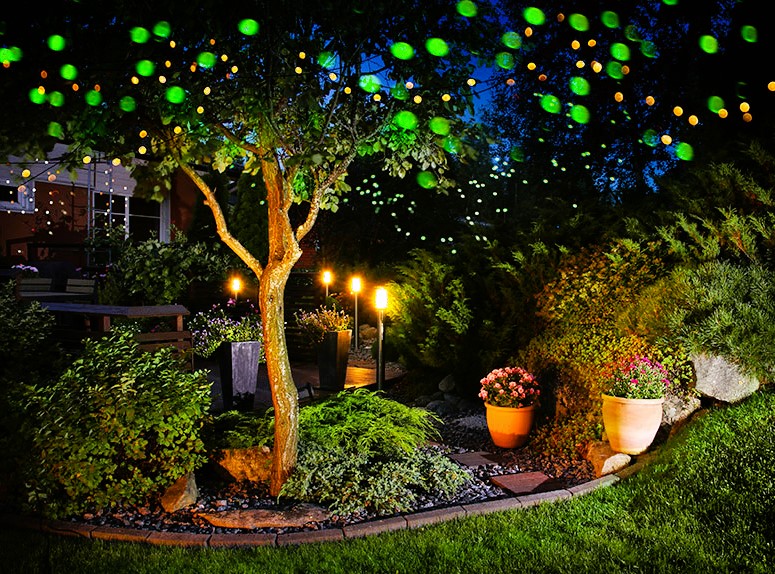
Outdoor lighting plays a crucial role in transforming your yard into a functional and aesthetically pleasing space. Whether you want to enjoy evening gatherings, enhance your home’s curb appeal, or improve safety around your property, the right outdoor lighting design can achieve all these goals and more. In this article, we’ll explore the various aspects of outdoor lighting, from creating ambiance to ensuring safety, while providing tips on how to make the most of your outdoor lighting project.
The Benefits of Outdoor Lighting
Outdoor lighting serves several important purposes, making it an integral part of any landscaping or home improvement project. Here are some of the key benefits:
1. Safety and Security
Well-placed outdoor lighting improves safety by illuminating pathways, steps, and potential hazards, reducing the risk of accidents. Adequate lighting also enhances security by deterring intruders and providing visibility around your property.
2. Curb Appeal
Outdoor lighting can significantly enhance the curb appeal of your home. Strategically placed lights can highlight architectural features, landscaping, and other focal points, making your home stand out during the day and night.
3. Extended Living Space
Outdoor lighting allows you to extend the use of your outdoor living spaces well into the evening. It creates a welcoming atmosphere for gatherings, dining, or simply relaxing under the stars.
4. Landscape Enhancement
Properly designed outdoor lighting can accentuate the beauty of your landscaping, showcasing trees, shrubs, flowers, and other elements. This adds depth and dimension to your yard’s aesthetics.
5. Energy Efficiency
With advancements in LED lighting technology, outdoor lighting can be energy-efficient and cost-effective. LED lights consume less electricity and have a longer lifespan than traditional bulbs, reducing maintenance and operating costs.
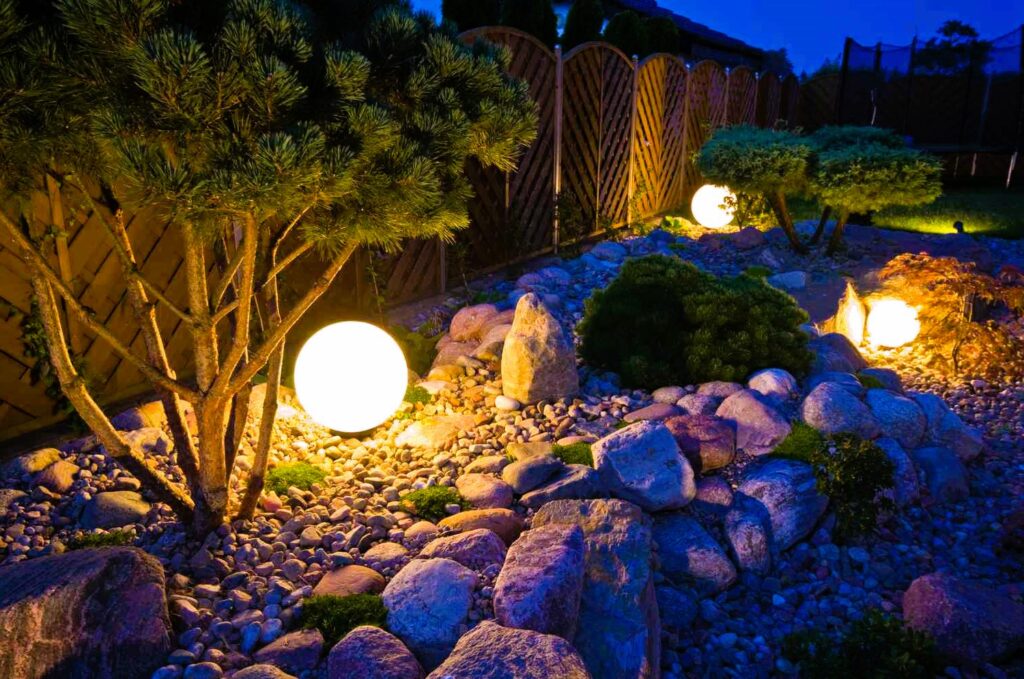
Outdoor Lighting Ideas and Tips
Now, let’s explore some ideas and tips for designing and installing outdoor lighting in your yard:
1. Layered Lighting
Achieve a balanced outdoor lighting scheme by using a combination of lighting layers:
- Task Lighting: This provides functional illumination for specific areas such as pathways, stairs, and entryways.
- Ambient Lighting: Create a warm and inviting atmosphere with ambient lighting, which includes wall-mounted fixtures, lanterns, and string lights.
- Accent Lighting: Highlight architectural details, trees, or garden features with accent lighting to add drama and depth to your yard.
2. Path and Walkway Lighting
Illuminate pathways and walkways with low-level lights. Options include path lights, bollard lights, and recessed step lights. This enhances safety and guides visitors along designated routes. Creating a Playground in Your Yard: Safety and Entertainment.
3. Deck and Patio Lighting
For outdoor entertaining spaces like decks and patios, consider recessed lighting, wall sconces, or hanging pendant lights. These fixtures create an inviting ambiance and ensure visibility for activities.
4. Landscape Lighting
Highlight the beauty of your landscaping with well-placed landscape lights. Use uplighting to emphasize trees and shrubs, and downlighting for pathways and garden beds. Silhouetting involves placing lights behind objects to create striking shadows.
5. Security Lighting
Install motion-activated lights near entry points and dark corners to enhance security. These lights deter potential intruders and provide additional visibility when needed.
6. Dark Sky-Friendly Lighting
Choose outdoor fixtures that minimize light pollution by directing light downward and reducing glare. This helps preserve the natural night sky and benefits local wildlife.
7. Smart Lighting Controls
Consider integrating smart lighting controls that allow you to adjust the intensity and timing of your outdoor lights. Some systems can be controlled remotely via smartphone apps, providing convenience and energy savings.
8. Maintenance
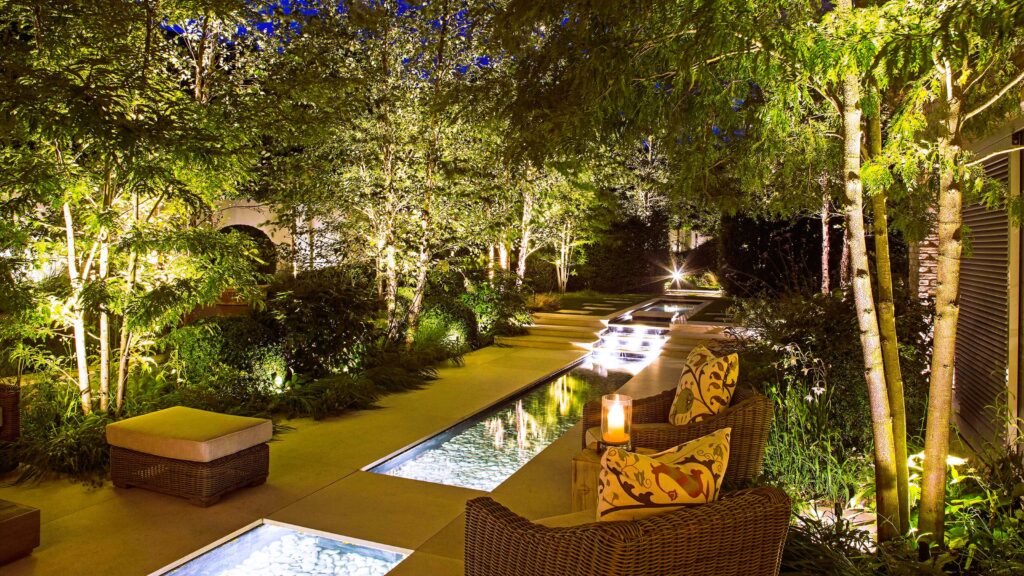
Regularly inspect and maintain your outdoor lighting fixtures. Clean lenses, replace bulbs, and ensure that all connections are secure. Routine maintenance ensures that your lighting system remains effective and reliable.
9. Energy Efficiency
Opt for energy-efficient LED bulbs, which are not only environmentally friendly but also cost-effective in the long run. LED lights emit less heat, reducing the risk of fire hazards.
10. Consult a Professional
For complex lighting designs or installations, consider consulting a professional landscape lighting designer. They can help you achieve the desired effects while ensuring safety and compliance with local regulations.
In conclusion, outdoor lighting is a versatile and essential element of your yard’s design. It enhances safety, security, and aesthetics while extending the usability of your outdoor spaces. To learn more about outdoor lighting standards and best practices, you can visit Wikipedia’s Outdoor Lighting. With the right outdoor lighting, you can create a captivating and functional outdoor environment that you’ll enjoy year-round.

